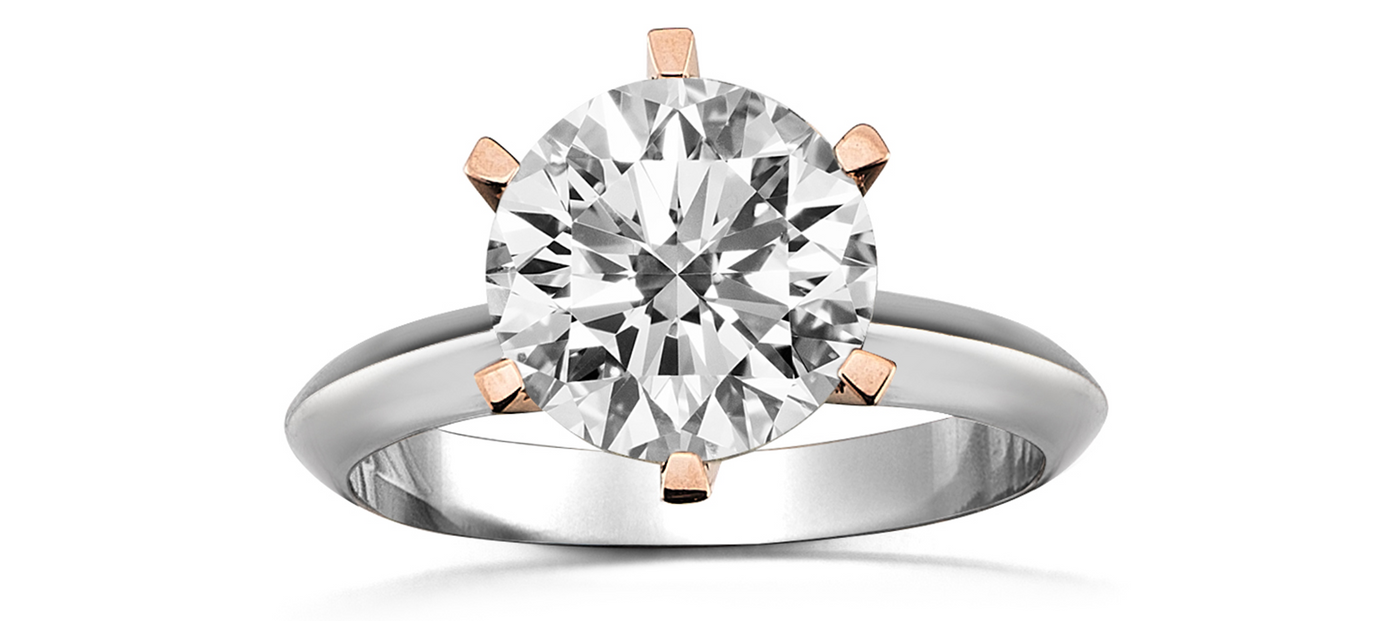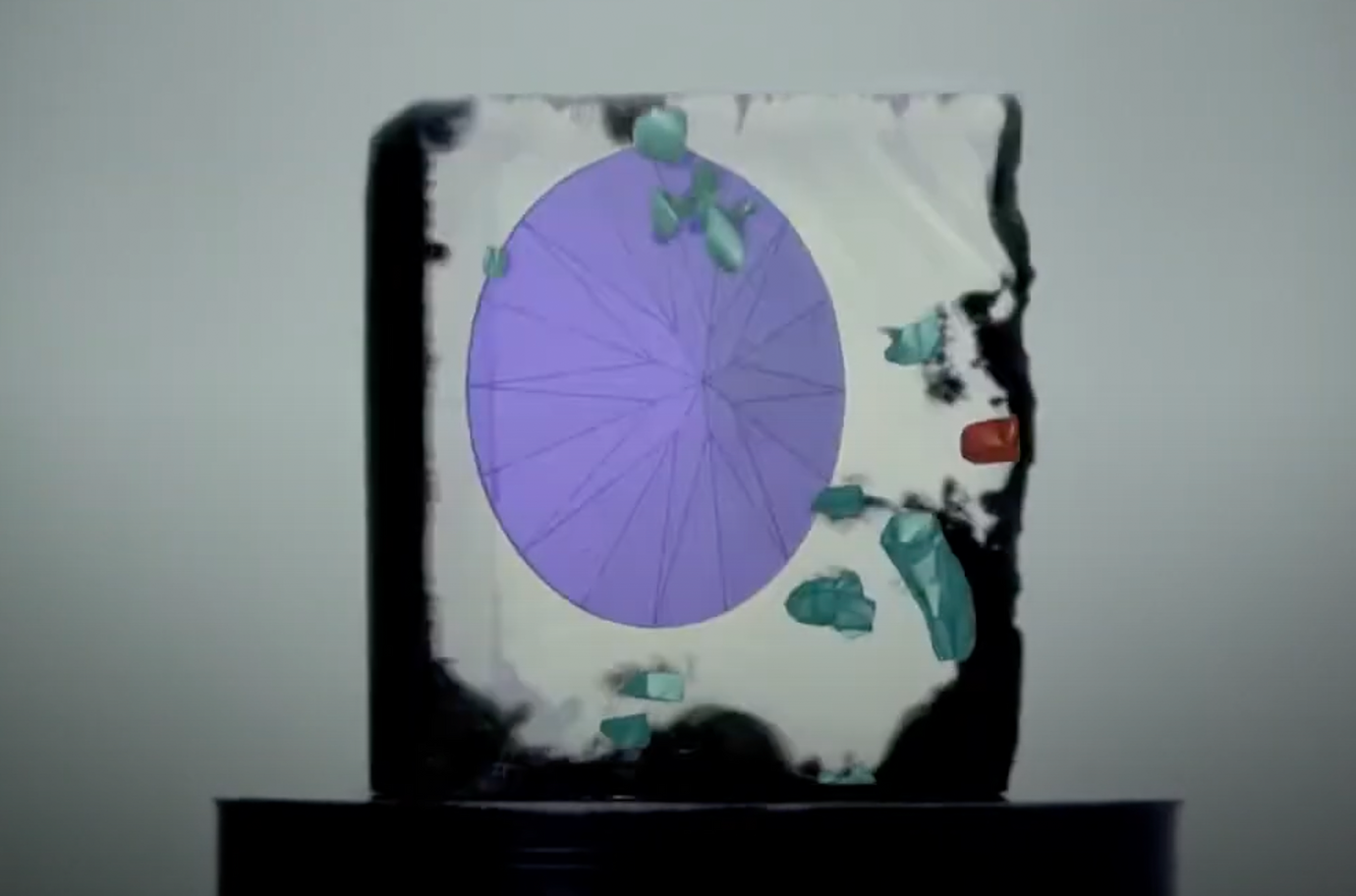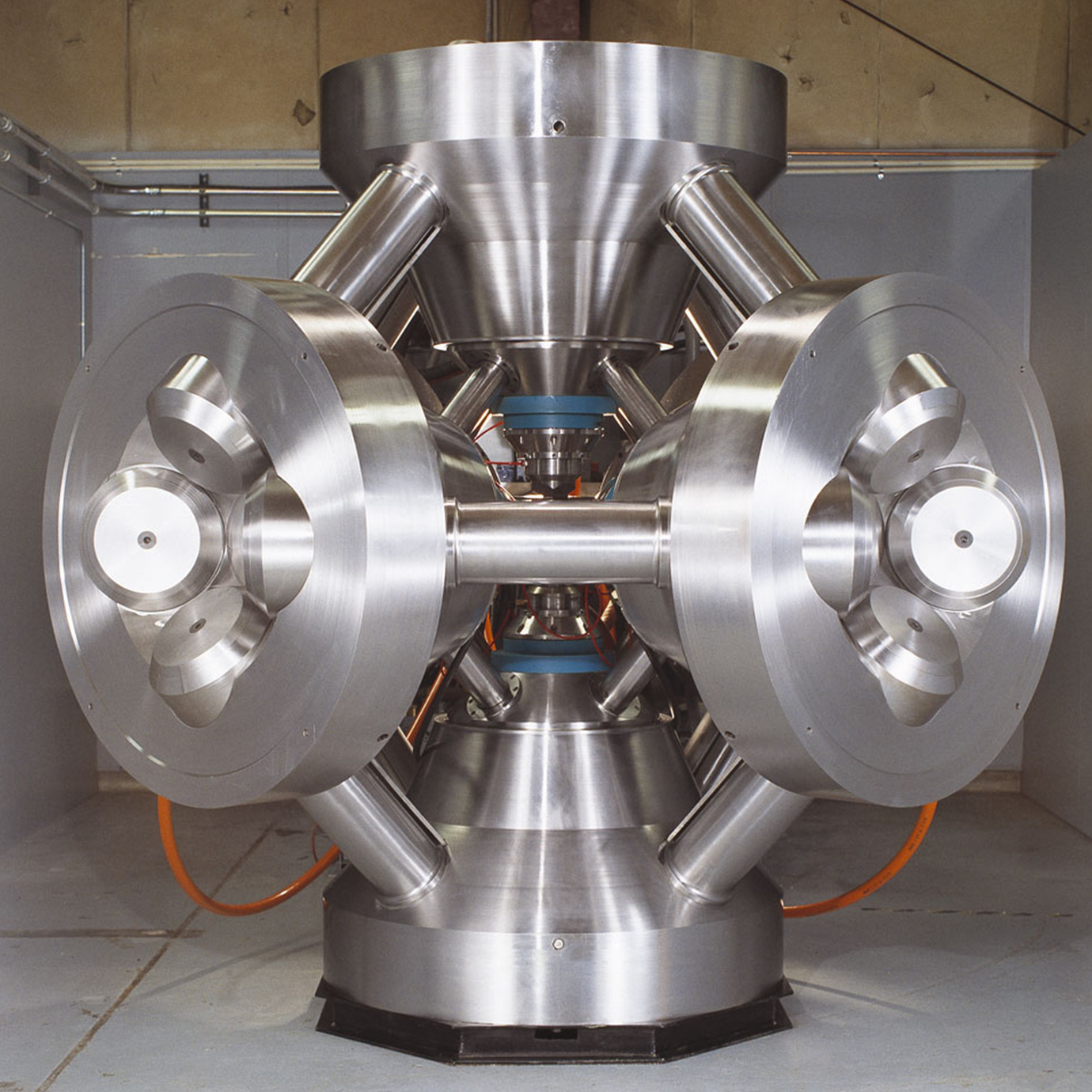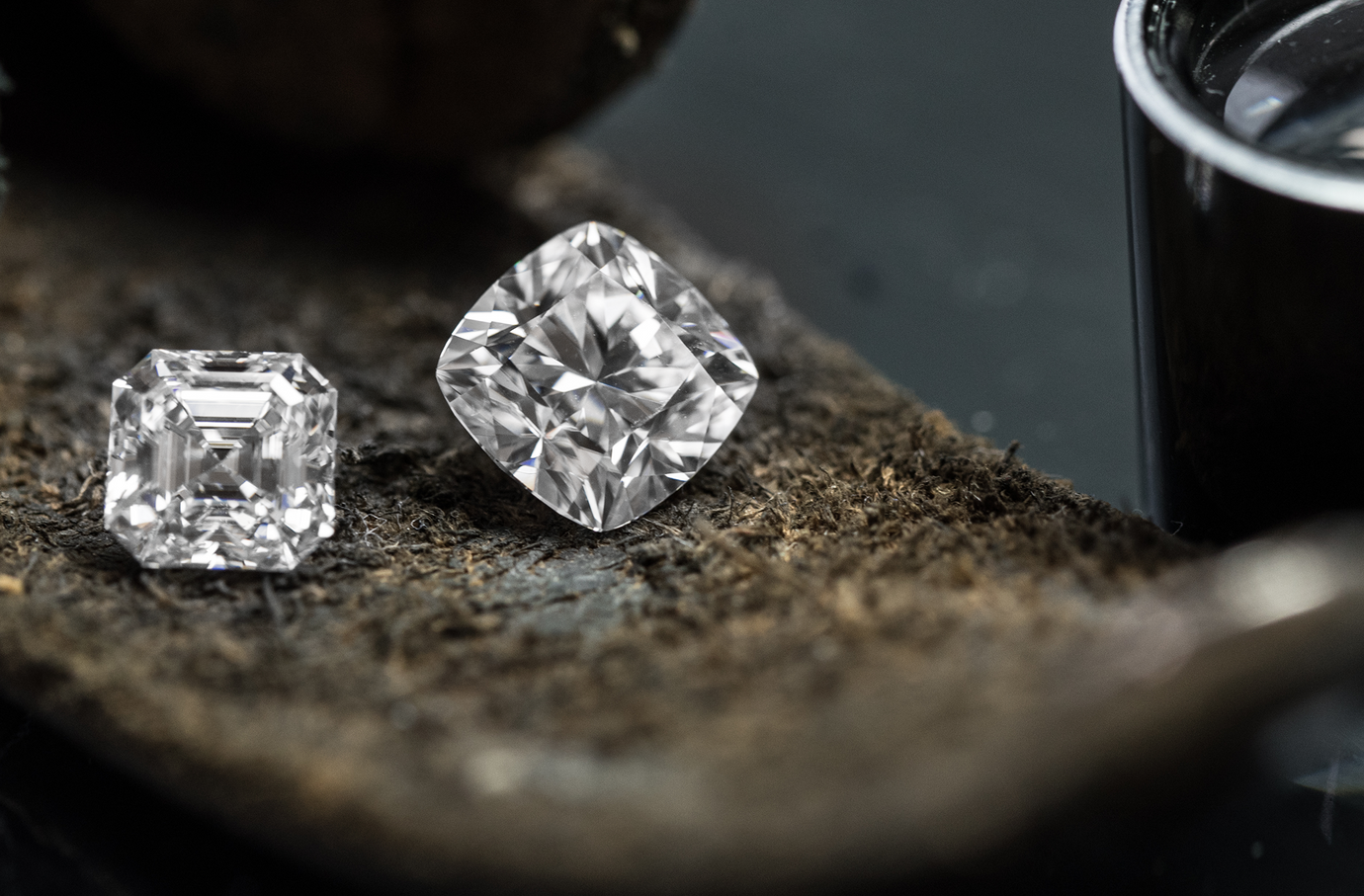Lab Diamond
What is a lab grown diamond?
History of lab grown diamonds
How are lab diamonds produced?
Evaluation of lab grown diamonds
What is a Lab Grown Diamond?
Lab grown diamonds are completely real diamonds. It has the same chemical, optical and physical crystal structure as natural diamonds. They are made up of carbon atoms linked together like natural diamonds. They react in the same way to light and have the same degree of hardness. The only difference between lab grown and natural diamonds is the formation process.
We can exemplify Laboratory Diamonds and natural diamonds as follows; The IVF method is like a pregnancy that occurs naturally. The result is the same for both methods. The laboratory diamond can be compared to the in vitro fertilization method. Another example of this is; Lab-grown diamonds are like ice out of the refrigerator, while natural diamonds are like ice out of ice. Although their creation stories are different, they are both ice.
Natural diamonds formed in the Earth's mantle millions of years ago were transported to the Earth's surface by volcanic eruptions. Later, dynamites began to be used in the diamond mining industry to bring diamonds to the surface. Lab-grown diamonds went into mass production in the early 2000s. In diamond manufacturing plants, Laboratory Diamonds are mostly produced using the High Pressure, High Temperature (HPHT) or Chemical Vapor Deposition (CVD) method.
History of Lab-Growed Diamonds
1950s: Union Carbide produced the first Chemical Vapor Deposition (CVD) diamonds in 1952. Others soon produced diamonds using the high pressure, high temperature (HPHT) method. These diamonds were used for industrial purposes such as telecommunications, medical supplies, laser optics, space technologies, and more.
1970s: General Electric researchers create the first gem-quality diamonds grown in the lab. They are clear enough and large enough in size to be used in jewelry. GIA scientists published the first scientific study of lab-grown diamonds in 1971.
Mid-1980s: Manufacturers grow gem-quality lab-grown diamond crystals in commercial quantities. These lab-created diamonds were initially mostly small and yellowish or brownish in color, but their quality improved over time in the following years.
2000s: Gem-quality diamonds were created using the chemical vapor deposition (CVD) method, which requires lower pressure and temperature than the HPHT method.
Mid 2010s: The cleanest lab-grown diamonds take their place in the jewelry market as ethical diamonds. The popularity of diamonds produced by both HPHT and CVD methods is increasing all over the world.
How are lab diamonds produced?
There are two main processes used to create lab-grown diamonds:
1. High Pressure, High Temperature (HPHT) Method
With this method, lab-grown diamonds are produced using natural diamonds' high pressure, high temperature conditions on earth. HPHT diamond growth occurs at pressures of 5–6 GPa (equivalent to the average pressure applied by a commercial jet plane) and temperatures of 1300–1600°C.
Lab-grown or natural diamonds can be HPHT treated to enhance color. This process can be used to make the diamonds more colorless, as well as to change the color of the diamonds to pink, blue or yellow. The diamond is then referred to as a "worked" diamond. This process is also explained in the certificates of international gemology laboratories such as IGI, GIA, IDL and HRD.
2. Chemical Vapor Deposition Method (CVD)
This technique allows scientists to grow lab-grown diamonds using moderate temperatures (700°C to 1300°C) and lower pressures. The carbon-containing gas is pumped into a vacuum chamber and accumulates on a diamond seed, crystallizing as lab-grown diamond. The final size of the diamond depends on the time allowed for growth.
Evaluation of lab grown diamonds
When a lab-grown diamond is sent to a lab, it is first examined to determine whether it is natural or lab-grown. They are evaluated by gemologists using the 4Cs, an evaluation standard created by international laboratories and applied all over the world.
( Carat – Clarity – Color – Cut )
Using spectroscopy and other advanced testing methods, gemologists can determine how a diamond is grown, either through the high pressure, high temperature (HPHT) method or the chemical vapor deposition (CVD) method. This information is then included in the report. In addition to specifying the method of growing a diamond, the Lab Grown Diamond Report also indicates whether there is evidence of any post-growing treatment. Diamonds, whether lab-grown or natural, can be processed using a variety of methods to achieve a fancy color such as pink, blue, green or yellow, or to improve the color of a D to Z diamond. In addition to being ethical, Tophills jewelery collections choose the stones in the best 4C standards and present them to you with the assurance of international certificates.






